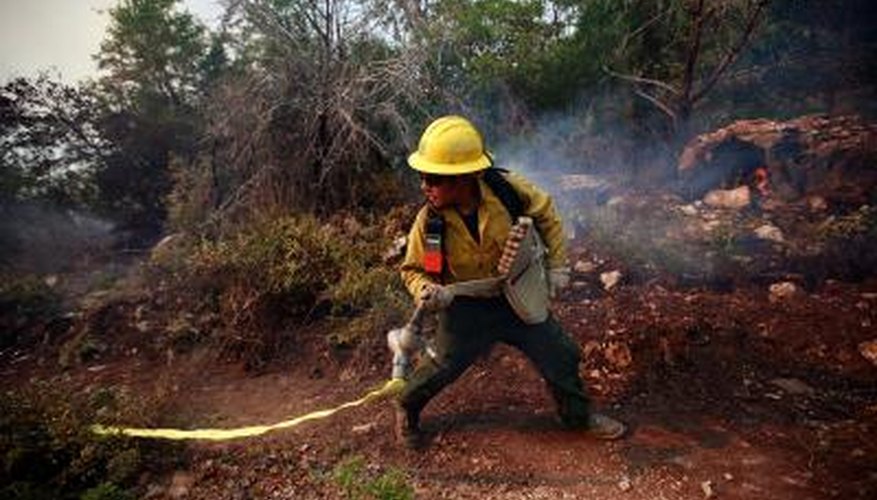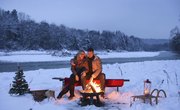
Prescribed fires are used by land management agencies, such as the National Park Service, the USDA Forest Service and state-level park services, to maintain and restore fire-dependent environments. Low-intensity, prescribed fires are used to remove the buildup of what is called wildland fuel load, which is made up of fallen leaves and timber. If left to accumulate, this fuel load can cause devastating damage during a wildfire. While there are many advantages to using controlled burns, several criticisms can be leveled at the practice.
Air pollution
Smoke, made up of particulate matter, can cause respiratory problems if inhaled. Prescribed fires set near towns can send smoke into population centers and aggravate asthma sufferers’ symptoms. Pollution problems can be mitigated by burning on days when wind direction blows away from populated areas.
Decreased visibility
Smoke hovering over roadways and blown into populated areas can decrease visibility and increase the risk of auto accidents. Signs should be posted along roadways adjacent to the burning area to warn drivers of the risk.
Prescribed fire escapes
Uncontrolled prescribed fires can leave the prescribed area, turning into a wildfire. All prescribed fires are required to have an agency-approved burn plan. Each agency has different requirements for their burn plans, but each is required to list the exact area to be burned and include emergency burn plans for the surrounding area, if the fire escapes the original burn area. Uncontained escaped fires can lead to larger, uncontrollable wildfires.
Manpower
Prescribed fires require several highly trained people to be present for the duration of the burn. Even low-intensity burns require dozens of people to set the fires, cut control lines and monitor the surrounding area for escaped fires. While many people are needed to control a small, planned fire, several hundred more are needed to extinguish an unplanned wildfire.
Writer Bio
Michael Belcher has been a public relations professional since 2008 working for university groups and volunteer groups. He has a Bachelor of Science in journalism from Murray State University and is in Dublin, Ireland to finish a Master of Science in mass communications.



